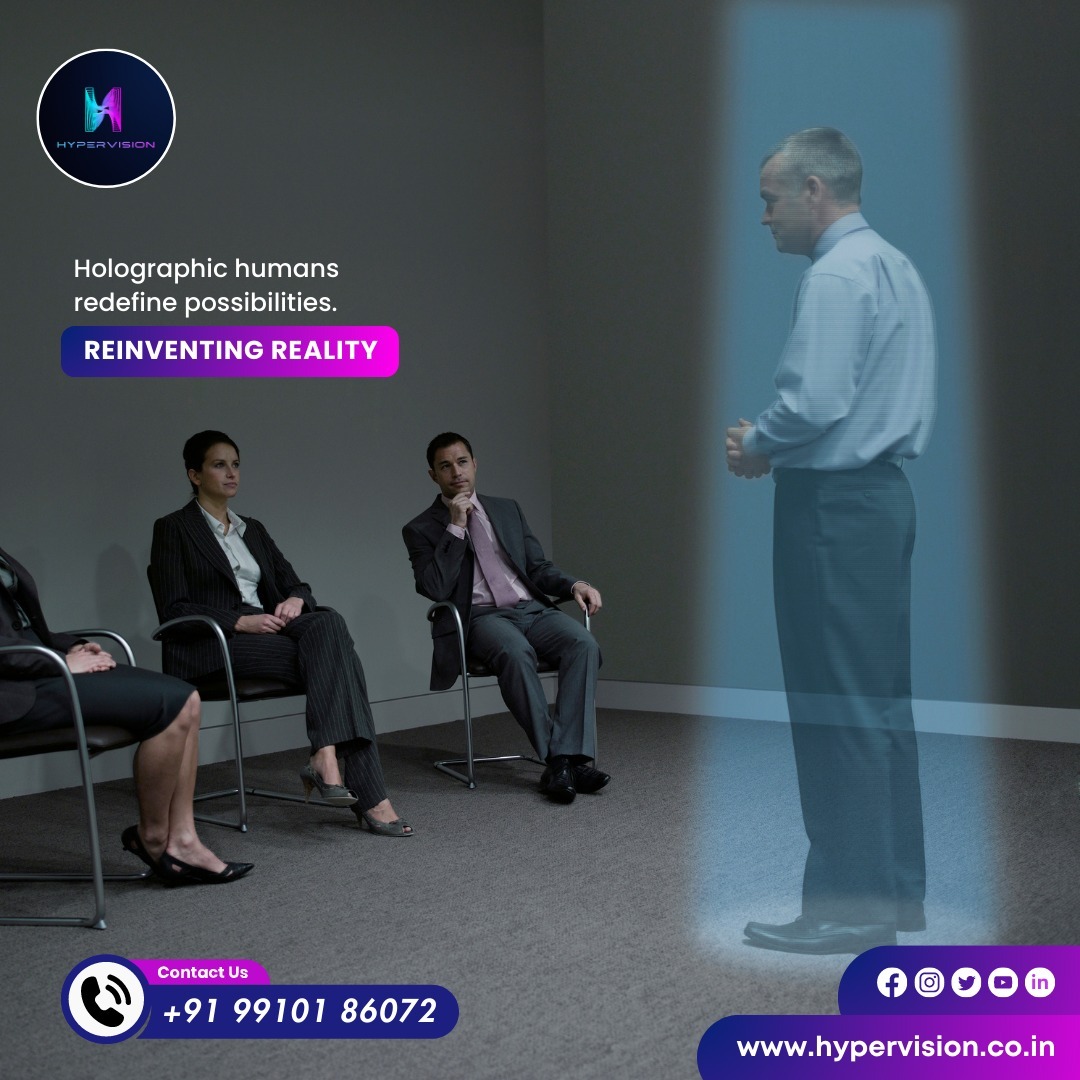Fast forward to today, and we find ourselves living in a world where holograms are not just a product of imagination but a tangible reality with a multitude of applications.
A History of Holography: Holography, the science of creating and capturing holograms, has come a long way since its inception. Invented by physicist Dennis Gabor in 1947, the technology has evolved far beyond its initial purpose of improving electron microscopy. Today, holograms have found their way into various facets of our lives, transcending the boundaries of science fiction.
Entertainment and Art: One of the most visible applications of holograms is in entertainment and art. Musicians like Tupac Shakur and Michael Jackson have been resurrected on stage as holographic performances, creating surreal experiences for their audiences. Art installations have taken on a new dimension with holographic displays that seem to defy the laws of physics. These applications blend technology and creativity, offering immersive experiences that push the boundaries of traditional forms of expression.
Education and Training: Holograms are also making waves in education and training. Imagine medical students being able to dissect a holographic human body or aviation mechanics practicing repairs on a holographic aircraft engine. Hologram stage is also helpful in education. These immersive learning experiences are not only engaging but also highly educational, allowing students to interact with complex subjects in ways that were previously unimaginable.
Healthcare and Medicine: In the realm of healthcare, holograms are changing the way surgeries are planned and executed. Surgeons can now view 3D holographic representations of a patient's anatomy before entering the operating room, enhancing precision and reducing risks. Holographic technology is also being used to create custom prosthetics and orthopedic implants, revolutionizing patient care.
Communication and Telepresence: Remember Princess Leia's holographic message? Well, we might not have intergalactic communication, but holograms are changing how we connect with others. Teleconferencing is taking on a new dimension with the use of holographic telepresence, allowing remote participants to appear as lifelike holograms in meetings and conferences. This innovation has the potential to bridge geographical gaps and make virtual interactions more human.
Retail and Advertising: In the retail world, holograms are being used to create attention-grabbing displays and advertisements. From fashion runways to product launches, holographic showcases add a touch of magic and sophistication to marketing strategies. These displays can captivate shoppers and drive engagement, ultimately boosting sales.
The Future of Holography: As holography continues to evolve, the possibilities seem limitless. Researchers are working on bringing holographic displays to our everyday devices, from smartphones to laptops. We may soon interact with holographic interfaces for work and play, just as we've seen in countless sci-fi movies.
Hypervision Technologies one of the company which provide hologram technology in Noida India. Hypervision provide hologram experience and Business solutions.
In conclusion, the journey of holography from science fiction to reality is a testament to human innovation and the relentless pursuit of pushing the boundaries of technology. As holograms become an integral part of our lives, we can expect them to reshape various industries and offer experiences that were once the stuff of dreams. The future of holography is bright, and it promises to bring a touch of magic to our everyday world.





